Thanks to its multifunctionality, ChatGPT is a valuable assistant in various industries, from content writing to IT. Sales teams also love it—while the AI chatbot can’t replace human SDRs, it sure can make their jobs easier by helping them streamline repetitive activities and focus on more valuable tasks. 👌
Take it from us—using AI for email writing saves us at least four hours a day on emails that would otherwise require a lot of manual research and writing. We want to help other sales teams achieve similar results, and in this comprehensive guide, we’ll answer the following questions:
- Why should sales teams use ChatGPT for sales?
- How can sales teams use this tool?
- What are the most effective examples of ChatGPT prompts for sales?
- What tool should sales teams use to enjoy AI functionalities and other options for enhancing performance?
Why Should Sales Teams Use ChatGPT?

ChatGPT has been trained on vast amounts of data to provide responses that are relevant, informative, and tailored to your prompts. For this reason, the AI-based chatbot can help your sales processes in many ways. Here are a few reasons why you should use it:
- 💪 Enhanced efficiency—With ChatGPT, your sales teams can automate routine tasks to save time and focus on high-impact activities like building relationships with clients and closing deals
- ✒️ Streamlined personalization—With the right prompts, ChatGPT can craft emails and other content adapted to your style, target audience, and specific requirements. Instead of wasting time on making every email unique, your SDRs can personalize in bulk
- 💰 Cost optimization—If you use ChatGPT to automate a portion of their work, your SDRs can do more in less time, saving you money in the long run
- 📬 Consistency—Every SDR has a unique outreach style, and this inconsistency can leave a wrong impression on your leads. ChatGPT can ensure uniformity across the board so your leads always get the same treatment
- 📈 Scalability—As ChatGPT can improve your team’s productivity, you don’t have to hire new team members whenever the number of your customers increases. The chatbot can help your SDRs handle the increase without stress or work overload
💡 Bonus read: If you’d like to learn more about how sales teams can leverage AI in general, read our articles on how to use AI in sales and how to use it in both sales and marketing.
How To Use ChatGPT for Sales Throughout the Process
ChatGPT can be an invaluable addition to your sales team only if you know how to maximize its functionalities. To show you how it can tackle the challenges sales teams typically face, we’ll go over some of the best uses for ChatGPT for sales:
- Sales team training
- Market research
- Target persona research
- Lead qualification
- Cold outreach message writing
- Content creation
- Handling objections
- Follow-ups
Sales Team Training

Bringing new team members on board is as exciting as it can be overwhelming. You want them to produce results as soon as possible, but you have to make sure they’re properly trained to do so.
To ensure new team members are equipped with the knowledge and skills necessary to succeed, you need engaging and detailed training materials and resources that will help them onboard without difficulties.
Creating such materials takes time and effort, and your SDRs and sales team leads may have too much on their plate to focus on this. That’s where ChatGPT comes into play. By using carefully created prompts, you can:
- Write extensive training documentation in minutes
- Create sales simulation scenarios to allow new team members to practice pitching to prospects
- Create sales enablement materials to help new and current team members hone their skills
Let’s say you want to write a training manual to help new SDRs understand your processes and their role. You could use a prompt like this to create the manual with ChatGPT:
“Write a 2,000-word sales training manual that will help us onboard new SDRs. Outline the main responsibilities of an SDR and their importance in closing deals and nurturing customer relationships. Discuss the key stages of the sales process and offer the best strategies for approaching prospects, overcoming common challenges, and finalizing deals.”
Market Research
While understanding your market helps you set goals, identify opportunities, and monitor competition, this process takes considerable time and effort. ChatGPT can make your market research easier by:
- Researching past, current, and emerging industry trends
- Providing an overview of your main competitors
- Summarizing relevant case studies
All the info you get this way helps you pitch your products or services better, ultimately driving more sales.
For example, here’s how you can get ChatGPT to summarize industry trends:
“Identify emerging trends in [your industry] and outline their importance. Offer examples of how [your company] can adopt these trends to [generate more leads/provide better customer support/boost customer satisfaction].”
Target Persona Research

To create a successful outreach strategy and properly position your company’s products or services, your SDRs need to understand the ideal customer profile (ICP). Through research, your sales team can identify your target personas' preferences and pain points and use the info to personalize your company’s messaging.
ChatGPT can support your research efforts by answering questions and offering more details about the target persona for outreach personalization. For example, if one of your target personas is a project manager at a small tech startup, ChatGPT can offer insight into:
- Their needs, challenges, and personality traits
- Factors that may influence their decision to opt for your product or service
- Questions they may ask you about your offerings
Let’s say you want to focus on your target persona’s pain points. Here’s what your ChatGPT prompt may look like:
“What challenges do project managers at tech startups face, and how can [your product or service] help them overcome those challenges? Focus on product characteristics such as [ease of use/multifunctionality/reliability] and offer examples of how SDRs can use this info in outreach.”
Lead Qualification
Although lead qualification is a key process in determining how likely a prospect is to buy something from you, there’s no one right way to qualify leads. Companies use various methods to get this done, from conducting online research to directly asking leads various questions to understand if they’re likely to convert.
The latter is your safest bet because you get info directly from the relevant source. Still, to obtain the answers you need, you have to ask the right questions—and coming up with them can be challenging. ChatGPT can streamline the process by creating email and cold call scripts.
Let’s say you want to qualify leads over the phone. Here’s an example of a ChatGPT prompt that can help you do so:
“Generate a cold call script that focuses on lead qualification for [your product or service]. The script should include two questions to help me estimate whether the specific lead has a high potential for conversion. The script’s tone should be professional and subtly promote [the main benefit of your product or service].”
Cold Outreach Message Writing

As cold outreach involves contacting people you haven’t interacted with before, grabbing their attention can be tricky if you don’t carefully choose your recipients and personalize your messages.
Reaching out becomes even more complicated if you have hundreds of leads—your SDRs would have to spend days and weeks crafting a unique message for each account.
ChatGPT can help you save time and ensure your cold outreach messages are on point. With carefully crafted prompts, you can get ChatGPT to create effective messages you can quickly edit to accommodate each lead or use as-is.
Here’s an example of a ChatGPT email prompt for outreach campaigns:
“Write a 100-word email targeting [your prospect’s job title or company]. Mention a common challenge [job title] face and briefly discuss how [your product or service] can help them overcome them. Conclude the email by mentioning that the prospect can schedule a quick call if they’re interested in learning more about [your company].”
If you’re reaching out to prospects via LinkedIn, ChatGPT can help you write messages for this platform, too. For example:
“Craft a compelling LinkedIn message to [your prospect’s name or job title]. Mention how [your product or service] can help them achieve even better results in [the prospect’s industry] by [your product’s or service’s notable benefits]. Conclude the message by asking the prospect to hop on a discovery call.”
💡 Bonus read: Want to find more ideas for writing outreach messages? Read our article on ChatGPT prompts for sales emails.
Content Creation
Besides helping you streamline outreach by crafting engaging messages within seconds, ChatGPT can create any other type of content your sales cycle may require, including:
- Outlines for blog posts
- Email subject lines
- Case studies
- Video scripts
- Social media captions
As long as you’re using the right prompts, ChatGPT can create the kind of content you need to promote your product or service. For example, if your company has a blog, here’s a ChatGPT prompt for creating an article outline for your content writers:
“Write an outline for a 1,200-word blog post focusing on [the post’s topic]. The target audience is [info on the target audience, like job title, age group, behaviors, or position in the sales funnel]. The article should be informal but authoritative and help the target audience [overcome a specific challenge]. At the end of the article, the writer should subtly promote [your product or service].”
Handling Objections From Prospects

Your leads might hesitate to purchase your product or service for various reasons, from being happy with their current solution to doubting your offer’s value. How you handle these objections can make all the difference between gaining a new customer and losing out on a potential sale.
While ChatGPT can’t understand or respond to emotions, it can give you quick ideas to resolve objections and nudge your leads in the right direction. At the very least, the chatbot can inspire you and help you find the right way to reinstate your offer’s value or alleviate another concern.
Here’s an example of a ChatGPT prompt for responding to a common objection in sales—”We don’t need this product or service at the moment:”
“Write a 150-word objection-handling script acknowledging the prospect’s attitude that they may not need [your product/service] right now. Subtly mention the challenges your prospect may not have considered to highlight [your product’s/service’s] value. Support the importance of resolving these challenges by sharing relevant insights and industry trends and offering examples of similar companies who adopted [your product/service]. Conclude the script by inviting the prospect to schedule a call.”
Follow-up Message Generation
Not all leads will respond to the initial message you send them. To show commitment, remind your leads of the message, and avoid losing out on a potential sale, you should follow up. Hitting the right note with your follow-up message is crucial—you don’t want to sound pushy, but you also don’t want to seem like you don’t care about the lead or the outcome. 🎵
ChatGPT can help you create the perfect follow-up messages within seconds with a simple prompt like:
“Write a follow-up email for a prospect who belongs to my target audience but hasn’t responded to my previous message. Subtly remind them of the message without sounding pushy and provide a clear call to action.”
You can also follow up with leads who have attended your webinar or downloaded your ebook to promote your product or service. Here’s an example:
“Write a short and compelling email targetting people who have [attended your webinar/downloaded your ebook]. Mention [a topic from your webinar or ebook] and briefly discuss how [your product or service] tackles it. Conclude the email with a call-to-action, asking the recipient to schedule a call.”
Tips on Implementing ChatGPT in Your Sales Processes
Here are a few tips to help you make the most of ChatGPT in your sales processes:
While you can use ChatGPT as a standalone tool, consider leveraging a specialized sales tool that pairs with the chatbot for the best results. This way, you can minimize context switching and manage multiple sales processes within a single platform.
Another reason to use a specialized sales tool that integrates with ChatGPT is access to comprehensive prospect and lead data necessary for maximizing the chatbot’s functionalities.
If you’re looking for an efficient sales automation tool that fully integrates with ChatGPT and lets you personalize your sales campaigns to boost their performance, Clay is the way to go. 💪
Clay & AI—The Winning Sales Combo

Clay is a sales automation and data enrichment solution designed to support sales teams. It offers several AI capabilities to help your SDRs save time, improve productivity, enhance personalization, and scale campaigns, including:
- OpenAI integration
- AI messaging
- Claygent
Clay’s OpenAI Integration—Easy Access to ChatGPT
One of Clay’s many integrations is OpenAI, granting you access to the chatbot right within Clay. You can use it to complete different actions, including the following:
AI Messaging
Another ChatGPT-based feature you get with Clay is the AI message writer. This option streamlines message personalization and helps you draft unique outreach that will undoubtedly impress your leads.
The mechanism behind it is simple but powerful:
- Use Clay to conduct research and collect various data points on your leads
- Use the AI message writer to create personalized messages based on the data you’ve collected without leaving the platform
Claygent—Your Personal AI Assistant
One of the many reasons users love Clay is its multifunctionality. With the tool, you get much more than ChatGPT—you also get other AI-based features, such as Claygent. 🤖
Claygent is an AI research agent you can use for various processes, including:
- Finding and enriching leads
- Deep lead targeting
- Summarizing people and company data
- Retrieving specific lead data from anywhere on the internet
- Training AI in Clay to get more precise results

Other AI options you get with Clay include:
- AI templates for email writing and generating ICPs
- AI formulas for creating custom codes in Clay tables and managing data
Clay’s Data Enrichment Capabilities—The Solid Foundation
Many specialized sales tools offer AI capabilities, but users can’t maximize them if they lack the data necessary to create detailed prompts.
Clay efficiently solves this problem by offering unique data enrichment options to ensure you can build a strong base for leveraging AI prompts. The platform integrates with over 75 data providers, allowing you to find dozens of data points on your leads, from their job titles and email addresses to podcast appearances.
You can access every database individually or use Clay’s waterfall enrichment to sequentially search across providers and maximize coverage. You select the data point you need and the providers you want to search, and Clay takes care of the rest. The search stops whenever Clay finds a valid match, so you don’t waste any money.
Through relevant integrations and waterfall enrichment, you can obtain details on your leads that you can later use in prompts to personalize outreach. For example, use Clay’s integration with Google to discover whether your prospect has recently appeared in podcasts. Then, reference the podcast appearance in your email to break the ice and show the prospect you’re following their work. 🔎
Choose a Plan That Suits Your Needs
Clay offers a free forever plan, allowing you to test out the platform and experiment with core features without committing. To unleash its full power, subscribe to one of the paid plans:
All plans are credit-based, and you get several credit options for every plan to minimize money waste. 💸
Users love Clay because it helps them be more efficient. Here’s what one user says about the platform:

Set Up Your Clay Account
If you’re ready to streamline your sales processes through advanced data enrichment and AI capabilities, create your Clay account in a few simple steps:
- Go to the signup page 📄
- Enter your name, email, and password ⌨️
- Start exploring the platform 💻
If you’d like to learn more about everything Clay offers, check out Clay University for detailed feature walkthroughs. You can also join the Slack community to see how other users leverage Clay’s options to reach goals. For the latest updates and pro tips on creating and managing high-performing campaigns, sign up for Clay’s newsletter.
💡 Keep reading: To learn more about using AI in sales, check out these detailed guides:
Thanks to its multifunctionality, ChatGPT is a valuable assistant in various industries, from content writing to IT. Sales teams also love it—while the AI chatbot can’t replace human SDRs, it sure can make their jobs easier by helping them streamline repetitive activities and focus on more valuable tasks. 👌
Take it from us—using AI for email writing saves us at least four hours a day on emails that would otherwise require a lot of manual research and writing. We want to help other sales teams achieve similar results, and in this comprehensive guide, we’ll answer the following questions:
- Why should sales teams use ChatGPT for sales?
- How can sales teams use this tool?
- What are the most effective examples of ChatGPT prompts for sales?
- What tool should sales teams use to enjoy AI functionalities and other options for enhancing performance?
Why Should Sales Teams Use ChatGPT?

ChatGPT has been trained on vast amounts of data to provide responses that are relevant, informative, and tailored to your prompts. For this reason, the AI-based chatbot can help your sales processes in many ways. Here are a few reasons why you should use it:
- 💪 Enhanced efficiency—With ChatGPT, your sales teams can automate routine tasks to save time and focus on high-impact activities like building relationships with clients and closing deals
- ✒️ Streamlined personalization—With the right prompts, ChatGPT can craft emails and other content adapted to your style, target audience, and specific requirements. Instead of wasting time on making every email unique, your SDRs can personalize in bulk
- 💰 Cost optimization—If you use ChatGPT to automate a portion of their work, your SDRs can do more in less time, saving you money in the long run
- 📬 Consistency—Every SDR has a unique outreach style, and this inconsistency can leave a wrong impression on your leads. ChatGPT can ensure uniformity across the board so your leads always get the same treatment
- 📈 Scalability—As ChatGPT can improve your team’s productivity, you don’t have to hire new team members whenever the number of your customers increases. The chatbot can help your SDRs handle the increase without stress or work overload
💡 Bonus read: If you’d like to learn more about how sales teams can leverage AI in general, read our articles on how to use AI in sales and how to use it in both sales and marketing.
How To Use ChatGPT for Sales Throughout the Process
ChatGPT can be an invaluable addition to your sales team only if you know how to maximize its functionalities. To show you how it can tackle the challenges sales teams typically face, we’ll go over some of the best uses for ChatGPT for sales:
- Sales team training
- Market research
- Target persona research
- Lead qualification
- Cold outreach message writing
- Content creation
- Handling objections
- Follow-ups
Sales Team Training

Bringing new team members on board is as exciting as it can be overwhelming. You want them to produce results as soon as possible, but you have to make sure they’re properly trained to do so.
To ensure new team members are equipped with the knowledge and skills necessary to succeed, you need engaging and detailed training materials and resources that will help them onboard without difficulties.
Creating such materials takes time and effort, and your SDRs and sales team leads may have too much on their plate to focus on this. That’s where ChatGPT comes into play. By using carefully created prompts, you can:
- Write extensive training documentation in minutes
- Create sales simulation scenarios to allow new team members to practice pitching to prospects
- Create sales enablement materials to help new and current team members hone their skills
Let’s say you want to write a training manual to help new SDRs understand your processes and their role. You could use a prompt like this to create the manual with ChatGPT:
“Write a 2,000-word sales training manual that will help us onboard new SDRs. Outline the main responsibilities of an SDR and their importance in closing deals and nurturing customer relationships. Discuss the key stages of the sales process and offer the best strategies for approaching prospects, overcoming common challenges, and finalizing deals.”
Market Research
While understanding your market helps you set goals, identify opportunities, and monitor competition, this process takes considerable time and effort. ChatGPT can make your market research easier by:
- Researching past, current, and emerging industry trends
- Providing an overview of your main competitors
- Summarizing relevant case studies
All the info you get this way helps you pitch your products or services better, ultimately driving more sales.
For example, here’s how you can get ChatGPT to summarize industry trends:
“Identify emerging trends in [your industry] and outline their importance. Offer examples of how [your company] can adopt these trends to [generate more leads/provide better customer support/boost customer satisfaction].”
Target Persona Research

To create a successful outreach strategy and properly position your company’s products or services, your SDRs need to understand the ideal customer profile (ICP). Through research, your sales team can identify your target personas' preferences and pain points and use the info to personalize your company’s messaging.
ChatGPT can support your research efforts by answering questions and offering more details about the target persona for outreach personalization. For example, if one of your target personas is a project manager at a small tech startup, ChatGPT can offer insight into:
- Their needs, challenges, and personality traits
- Factors that may influence their decision to opt for your product or service
- Questions they may ask you about your offerings
Let’s say you want to focus on your target persona’s pain points. Here’s what your ChatGPT prompt may look like:
“What challenges do project managers at tech startups face, and how can [your product or service] help them overcome those challenges? Focus on product characteristics such as [ease of use/multifunctionality/reliability] and offer examples of how SDRs can use this info in outreach.”
Lead Qualification
Although lead qualification is a key process in determining how likely a prospect is to buy something from you, there’s no one right way to qualify leads. Companies use various methods to get this done, from conducting online research to directly asking leads various questions to understand if they’re likely to convert.
The latter is your safest bet because you get info directly from the relevant source. Still, to obtain the answers you need, you have to ask the right questions—and coming up with them can be challenging. ChatGPT can streamline the process by creating email and cold call scripts.
Let’s say you want to qualify leads over the phone. Here’s an example of a ChatGPT prompt that can help you do so:
“Generate a cold call script that focuses on lead qualification for [your product or service]. The script should include two questions to help me estimate whether the specific lead has a high potential for conversion. The script’s tone should be professional and subtly promote [the main benefit of your product or service].”
Cold Outreach Message Writing

As cold outreach involves contacting people you haven’t interacted with before, grabbing their attention can be tricky if you don’t carefully choose your recipients and personalize your messages.
Reaching out becomes even more complicated if you have hundreds of leads—your SDRs would have to spend days and weeks crafting a unique message for each account.
ChatGPT can help you save time and ensure your cold outreach messages are on point. With carefully crafted prompts, you can get ChatGPT to create effective messages you can quickly edit to accommodate each lead or use as-is.
Here’s an example of a ChatGPT email prompt for outreach campaigns:
“Write a 100-word email targeting [your prospect’s job title or company]. Mention a common challenge [job title] face and briefly discuss how [your product or service] can help them overcome them. Conclude the email by mentioning that the prospect can schedule a quick call if they’re interested in learning more about [your company].”
If you’re reaching out to prospects via LinkedIn, ChatGPT can help you write messages for this platform, too. For example:
“Craft a compelling LinkedIn message to [your prospect’s name or job title]. Mention how [your product or service] can help them achieve even better results in [the prospect’s industry] by [your product’s or service’s notable benefits]. Conclude the message by asking the prospect to hop on a discovery call.”
💡 Bonus read: Want to find more ideas for writing outreach messages? Read our article on ChatGPT prompts for sales emails.
Content Creation
Besides helping you streamline outreach by crafting engaging messages within seconds, ChatGPT can create any other type of content your sales cycle may require, including:
- Outlines for blog posts
- Email subject lines
- Case studies
- Video scripts
- Social media captions
As long as you’re using the right prompts, ChatGPT can create the kind of content you need to promote your product or service. For example, if your company has a blog, here’s a ChatGPT prompt for creating an article outline for your content writers:
“Write an outline for a 1,200-word blog post focusing on [the post’s topic]. The target audience is [info on the target audience, like job title, age group, behaviors, or position in the sales funnel]. The article should be informal but authoritative and help the target audience [overcome a specific challenge]. At the end of the article, the writer should subtly promote [your product or service].”
Handling Objections From Prospects

Your leads might hesitate to purchase your product or service for various reasons, from being happy with their current solution to doubting your offer’s value. How you handle these objections can make all the difference between gaining a new customer and losing out on a potential sale.
While ChatGPT can’t understand or respond to emotions, it can give you quick ideas to resolve objections and nudge your leads in the right direction. At the very least, the chatbot can inspire you and help you find the right way to reinstate your offer’s value or alleviate another concern.
Here’s an example of a ChatGPT prompt for responding to a common objection in sales—”We don’t need this product or service at the moment:”
“Write a 150-word objection-handling script acknowledging the prospect’s attitude that they may not need [your product/service] right now. Subtly mention the challenges your prospect may not have considered to highlight [your product’s/service’s] value. Support the importance of resolving these challenges by sharing relevant insights and industry trends and offering examples of similar companies who adopted [your product/service]. Conclude the script by inviting the prospect to schedule a call.”
Follow-up Message Generation
Not all leads will respond to the initial message you send them. To show commitment, remind your leads of the message, and avoid losing out on a potential sale, you should follow up. Hitting the right note with your follow-up message is crucial—you don’t want to sound pushy, but you also don’t want to seem like you don’t care about the lead or the outcome. 🎵
ChatGPT can help you create the perfect follow-up messages within seconds with a simple prompt like:
“Write a follow-up email for a prospect who belongs to my target audience but hasn’t responded to my previous message. Subtly remind them of the message without sounding pushy and provide a clear call to action.”
You can also follow up with leads who have attended your webinar or downloaded your ebook to promote your product or service. Here’s an example:
“Write a short and compelling email targetting people who have [attended your webinar/downloaded your ebook]. Mention [a topic from your webinar or ebook] and briefly discuss how [your product or service] tackles it. Conclude the email with a call-to-action, asking the recipient to schedule a call.”
Tips on Implementing ChatGPT in Your Sales Processes
Here are a few tips to help you make the most of ChatGPT in your sales processes:
While you can use ChatGPT as a standalone tool, consider leveraging a specialized sales tool that pairs with the chatbot for the best results. This way, you can minimize context switching and manage multiple sales processes within a single platform.
Another reason to use a specialized sales tool that integrates with ChatGPT is access to comprehensive prospect and lead data necessary for maximizing the chatbot’s functionalities.
If you’re looking for an efficient sales automation tool that fully integrates with ChatGPT and lets you personalize your sales campaigns to boost their performance, Clay is the way to go. 💪
Clay & AI—The Winning Sales Combo

Clay is a sales automation and data enrichment solution designed to support sales teams. It offers several AI capabilities to help your SDRs save time, improve productivity, enhance personalization, and scale campaigns, including:
- OpenAI integration
- AI messaging
- Claygent
Clay’s OpenAI Integration—Easy Access to ChatGPT
One of Clay’s many integrations is OpenAI, granting you access to the chatbot right within Clay. You can use it to complete different actions, including the following:
AI Messaging
Another ChatGPT-based feature you get with Clay is the AI message writer. This option streamlines message personalization and helps you draft unique outreach that will undoubtedly impress your leads.
The mechanism behind it is simple but powerful:
- Use Clay to conduct research and collect various data points on your leads
- Use the AI message writer to create personalized messages based on the data you’ve collected without leaving the platform
Claygent—Your Personal AI Assistant
One of the many reasons users love Clay is its multifunctionality. With the tool, you get much more than ChatGPT—you also get other AI-based features, such as Claygent. 🤖
Claygent is an AI research agent you can use for various processes, including:
- Finding and enriching leads
- Deep lead targeting
- Summarizing people and company data
- Retrieving specific lead data from anywhere on the internet
- Training AI in Clay to get more precise results

Other AI options you get with Clay include:
- AI templates for email writing and generating ICPs
- AI formulas for creating custom codes in Clay tables and managing data
Clay’s Data Enrichment Capabilities—The Solid Foundation
Many specialized sales tools offer AI capabilities, but users can’t maximize them if they lack the data necessary to create detailed prompts.
Clay efficiently solves this problem by offering unique data enrichment options to ensure you can build a strong base for leveraging AI prompts. The platform integrates with over 75 data providers, allowing you to find dozens of data points on your leads, from their job titles and email addresses to podcast appearances.
You can access every database individually or use Clay’s waterfall enrichment to sequentially search across providers and maximize coverage. You select the data point you need and the providers you want to search, and Clay takes care of the rest. The search stops whenever Clay finds a valid match, so you don’t waste any money.
Through relevant integrations and waterfall enrichment, you can obtain details on your leads that you can later use in prompts to personalize outreach. For example, use Clay’s integration with Google to discover whether your prospect has recently appeared in podcasts. Then, reference the podcast appearance in your email to break the ice and show the prospect you’re following their work. 🔎
Choose a Plan That Suits Your Needs
Clay offers a free forever plan, allowing you to test out the platform and experiment with core features without committing. To unleash its full power, subscribe to one of the paid plans:
All plans are credit-based, and you get several credit options for every plan to minimize money waste. 💸
Users love Clay because it helps them be more efficient. Here’s what one user says about the platform:

Set Up Your Clay Account
If you’re ready to streamline your sales processes through advanced data enrichment and AI capabilities, create your Clay account in a few simple steps:
- Go to the signup page 📄
- Enter your name, email, and password ⌨️
- Start exploring the platform 💻
If you’d like to learn more about everything Clay offers, check out Clay University for detailed feature walkthroughs. You can also join the Slack community to see how other users leverage Clay’s options to reach goals. For the latest updates and pro tips on creating and managing high-performing campaigns, sign up for Clay’s newsletter.
💡 Keep reading: To learn more about using AI in sales, check out these detailed guides:


















.avif)
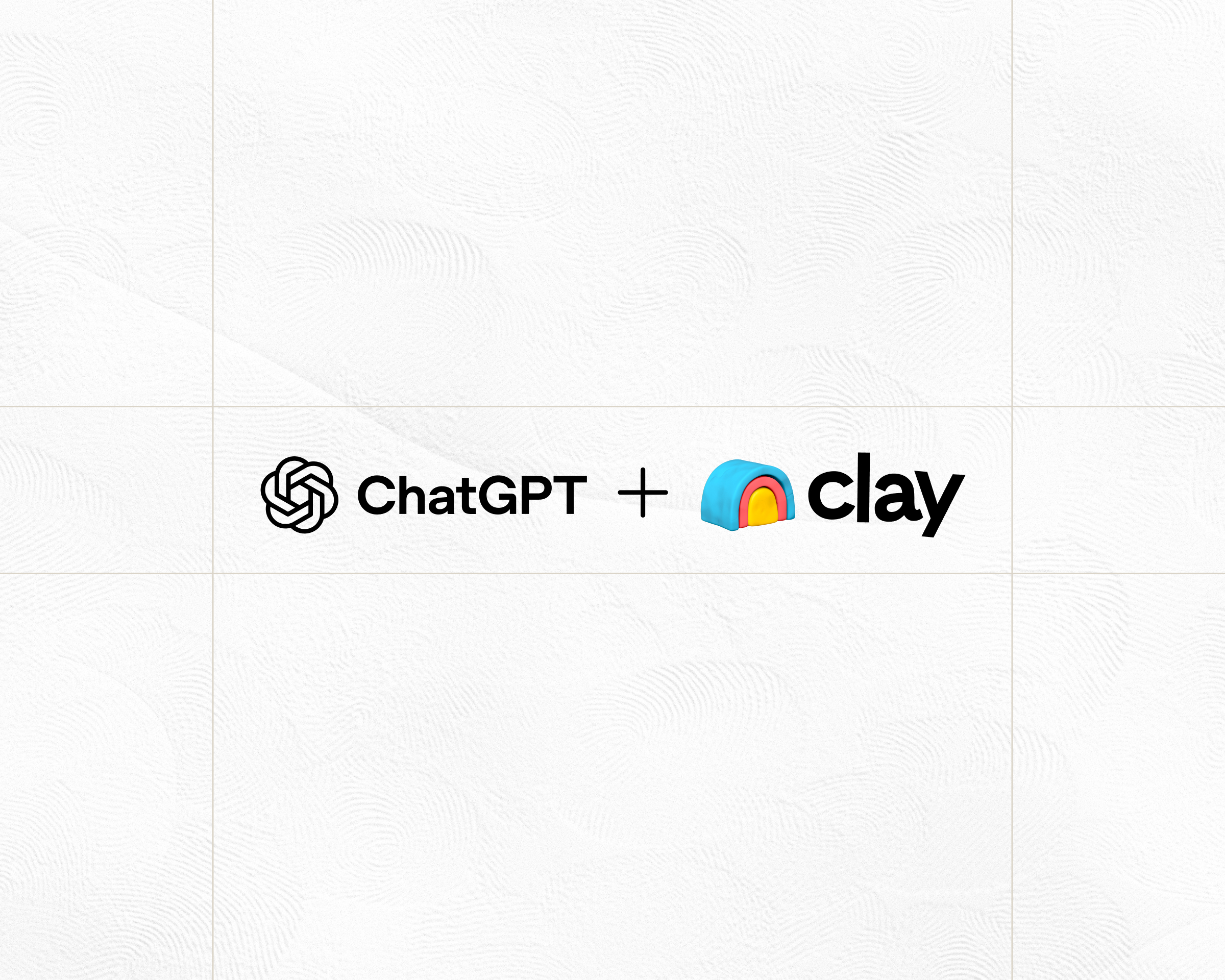
.jpg)
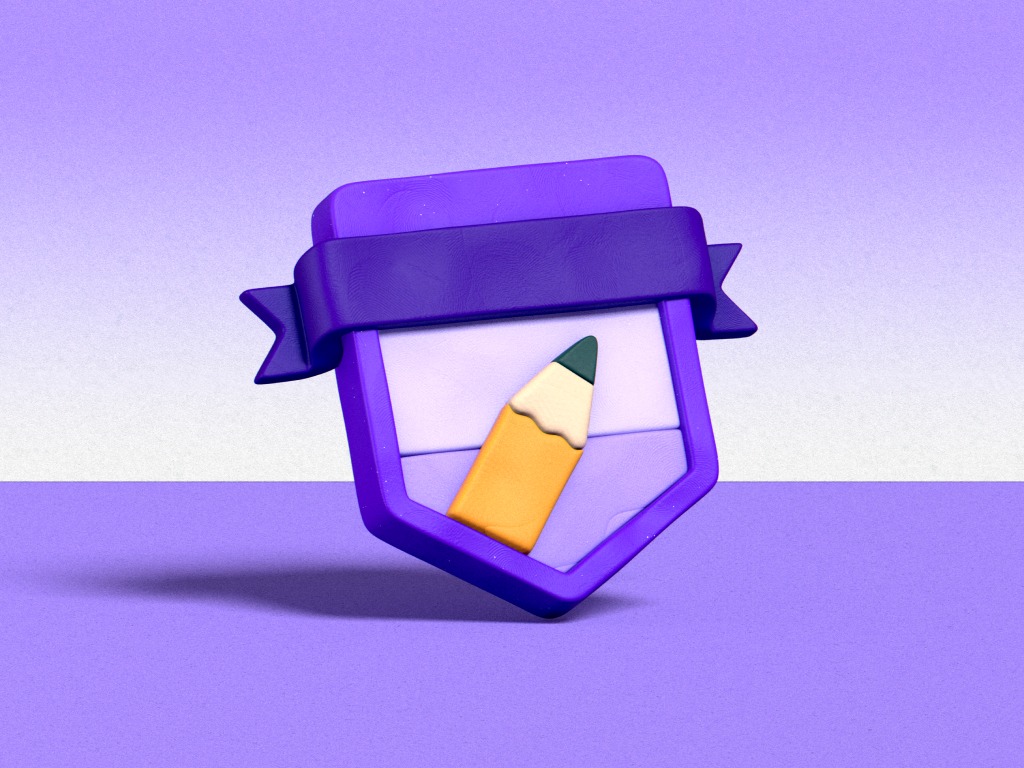
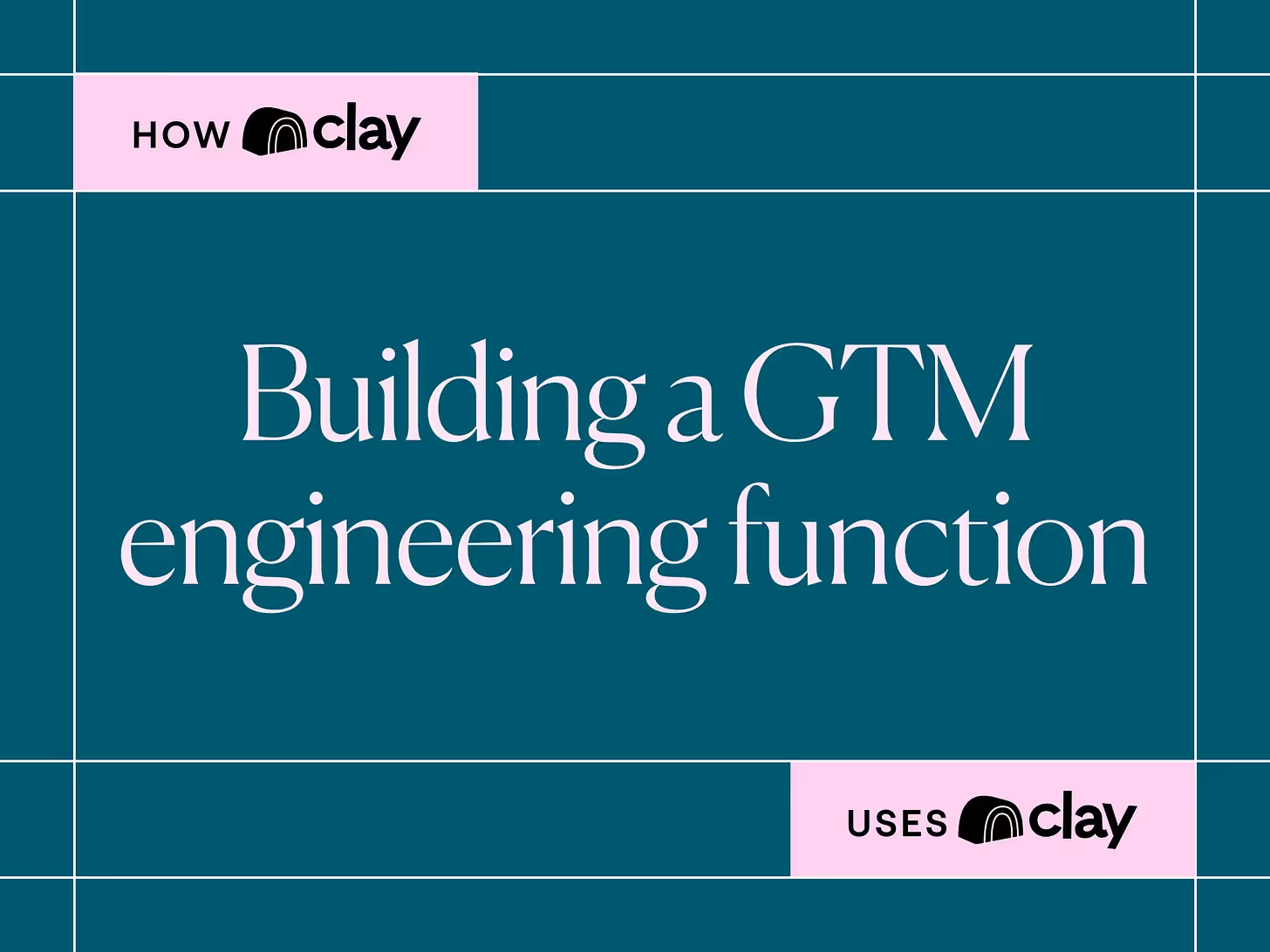


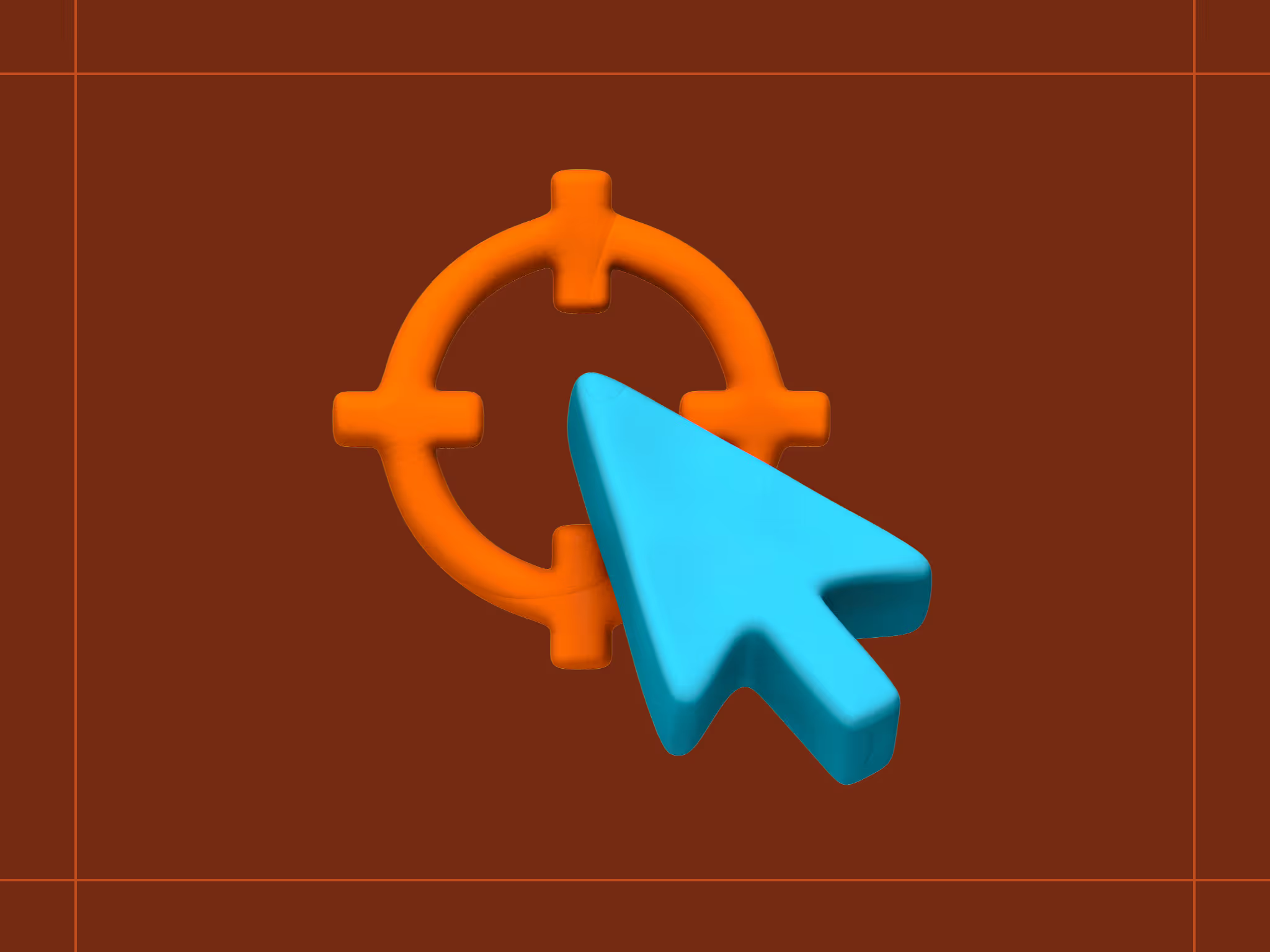
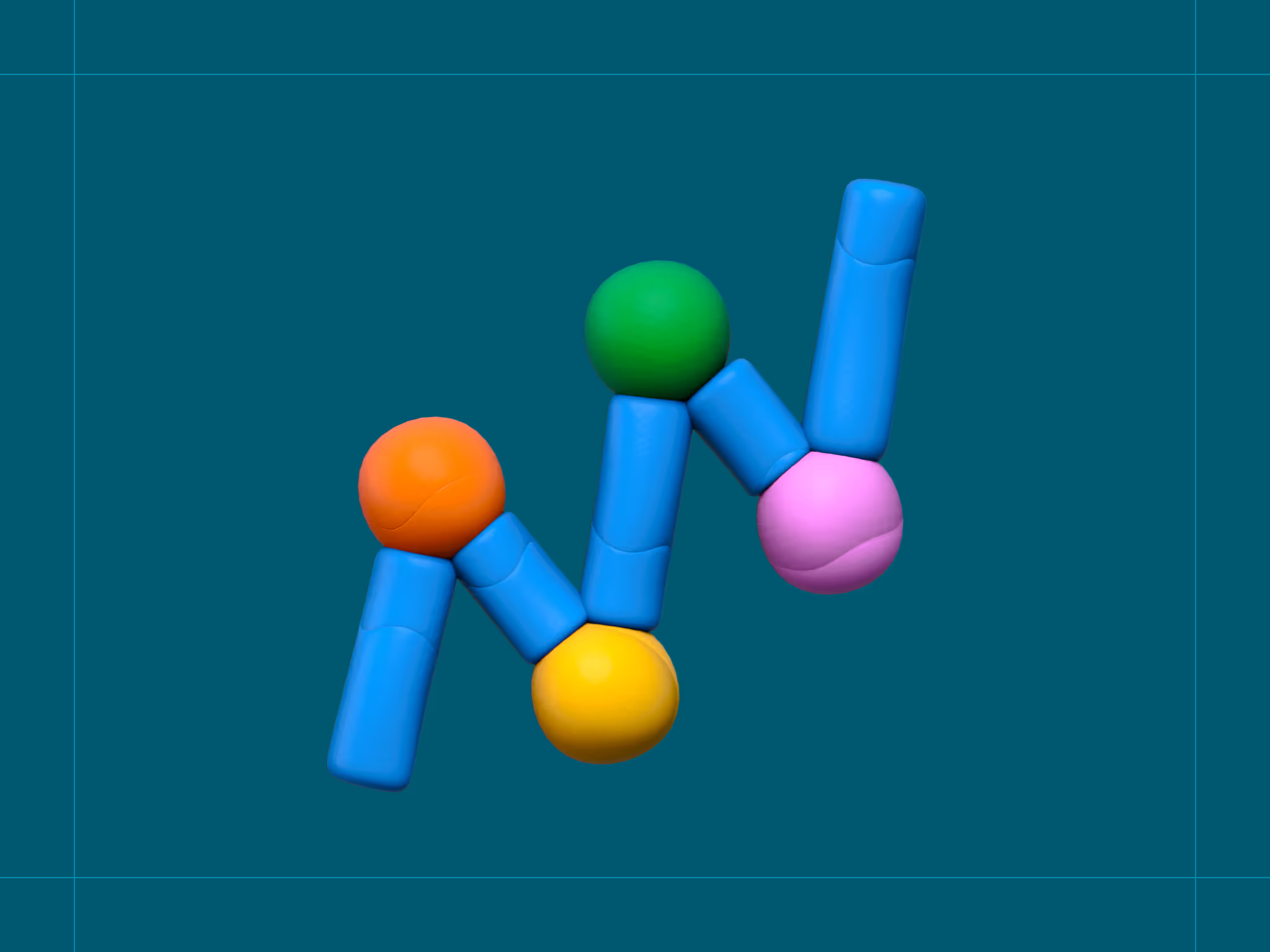
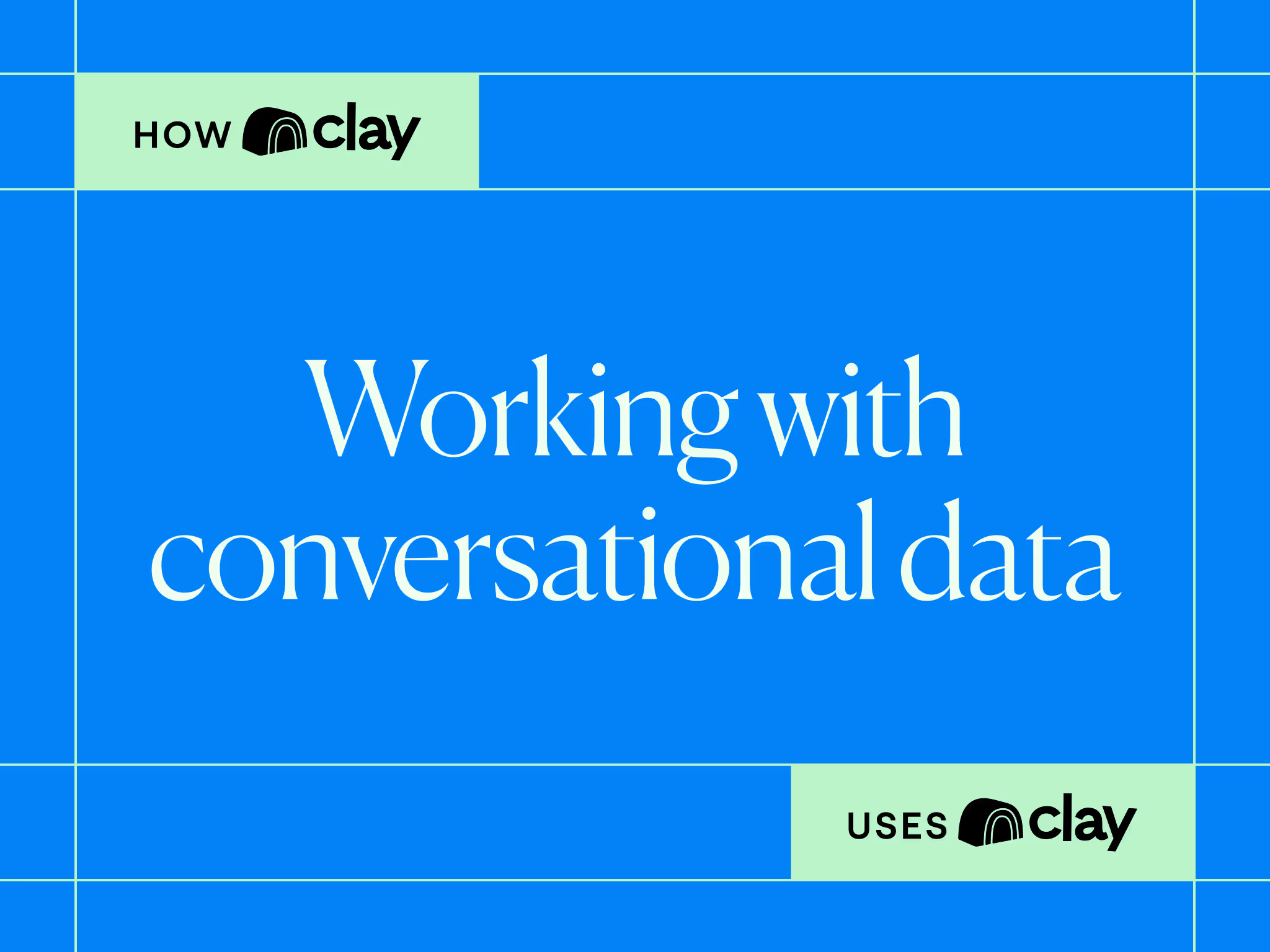
.avif)
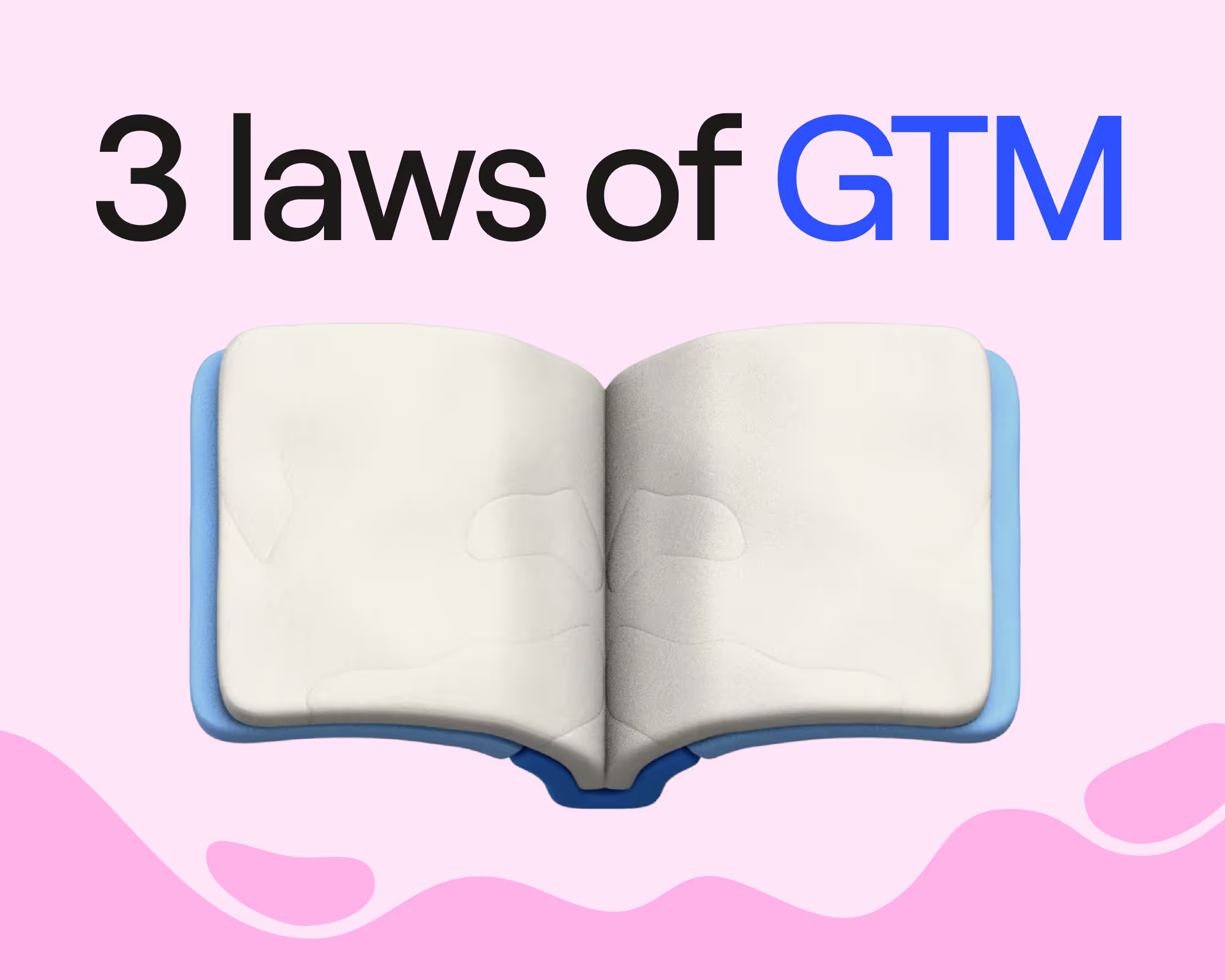

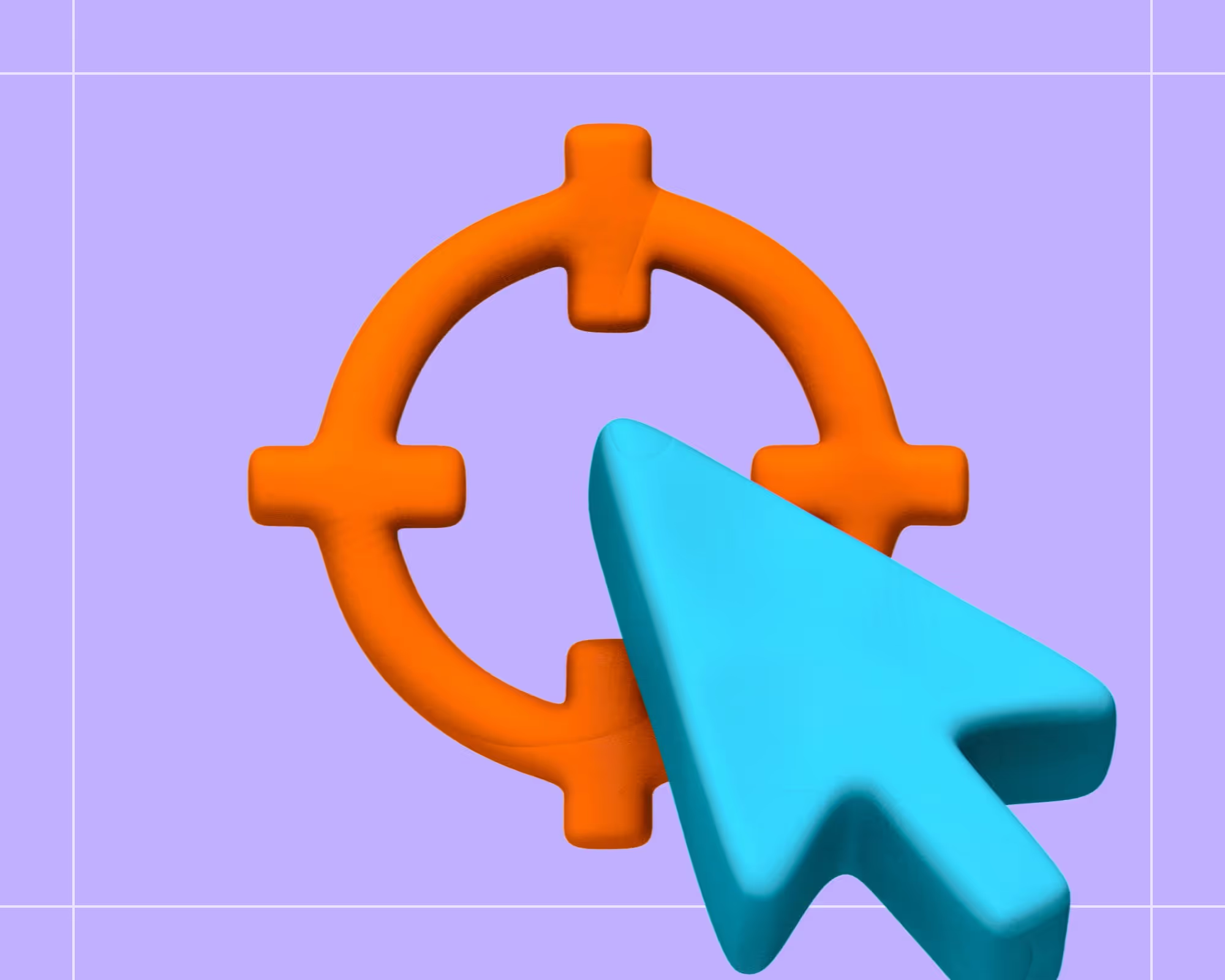


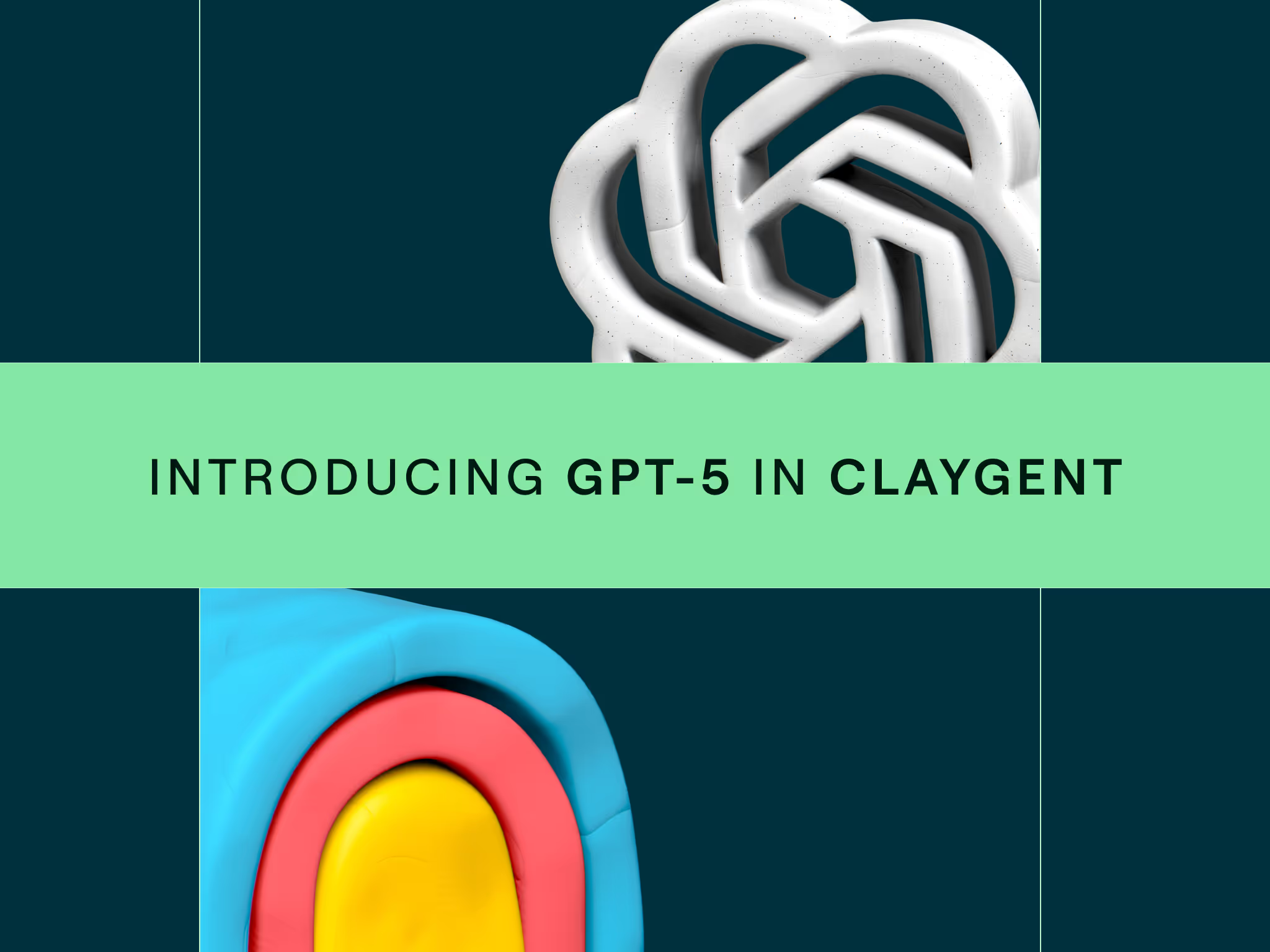



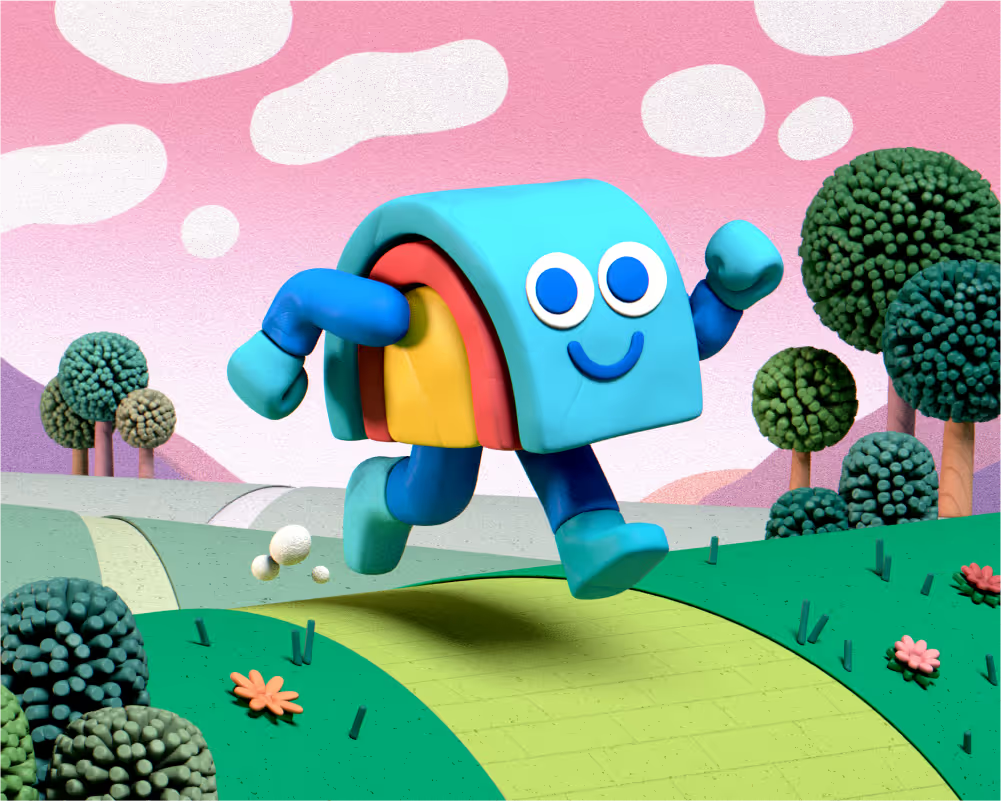
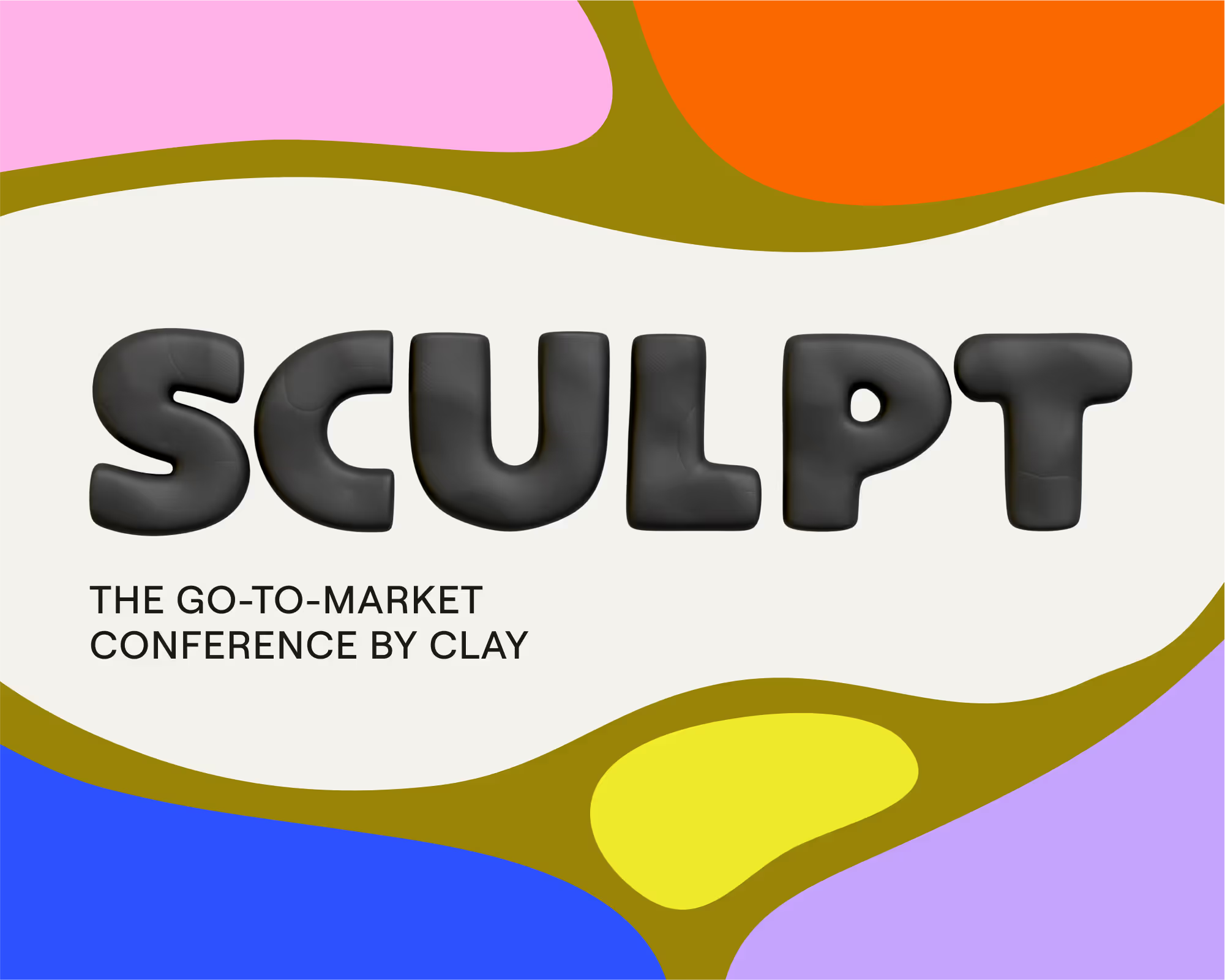
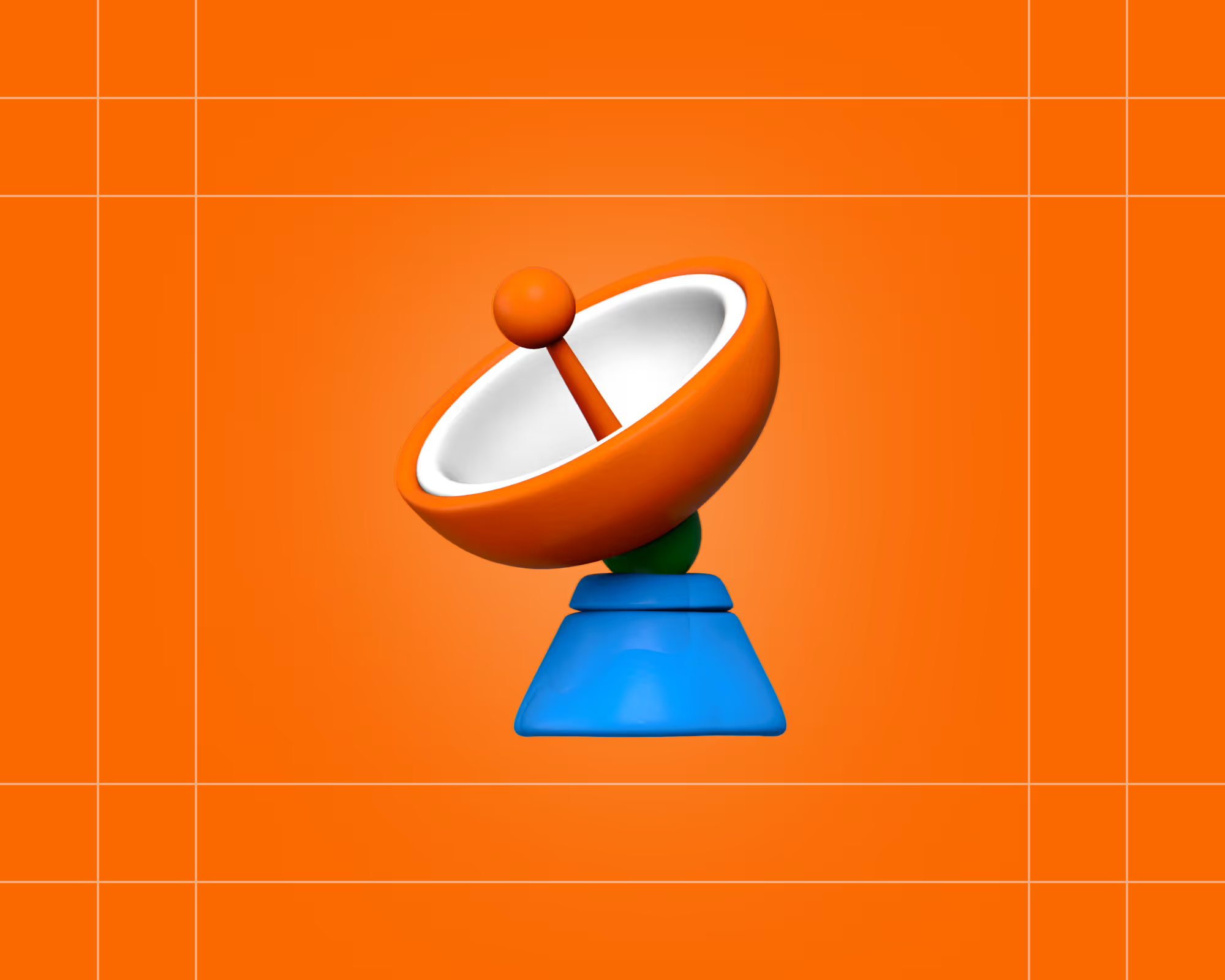

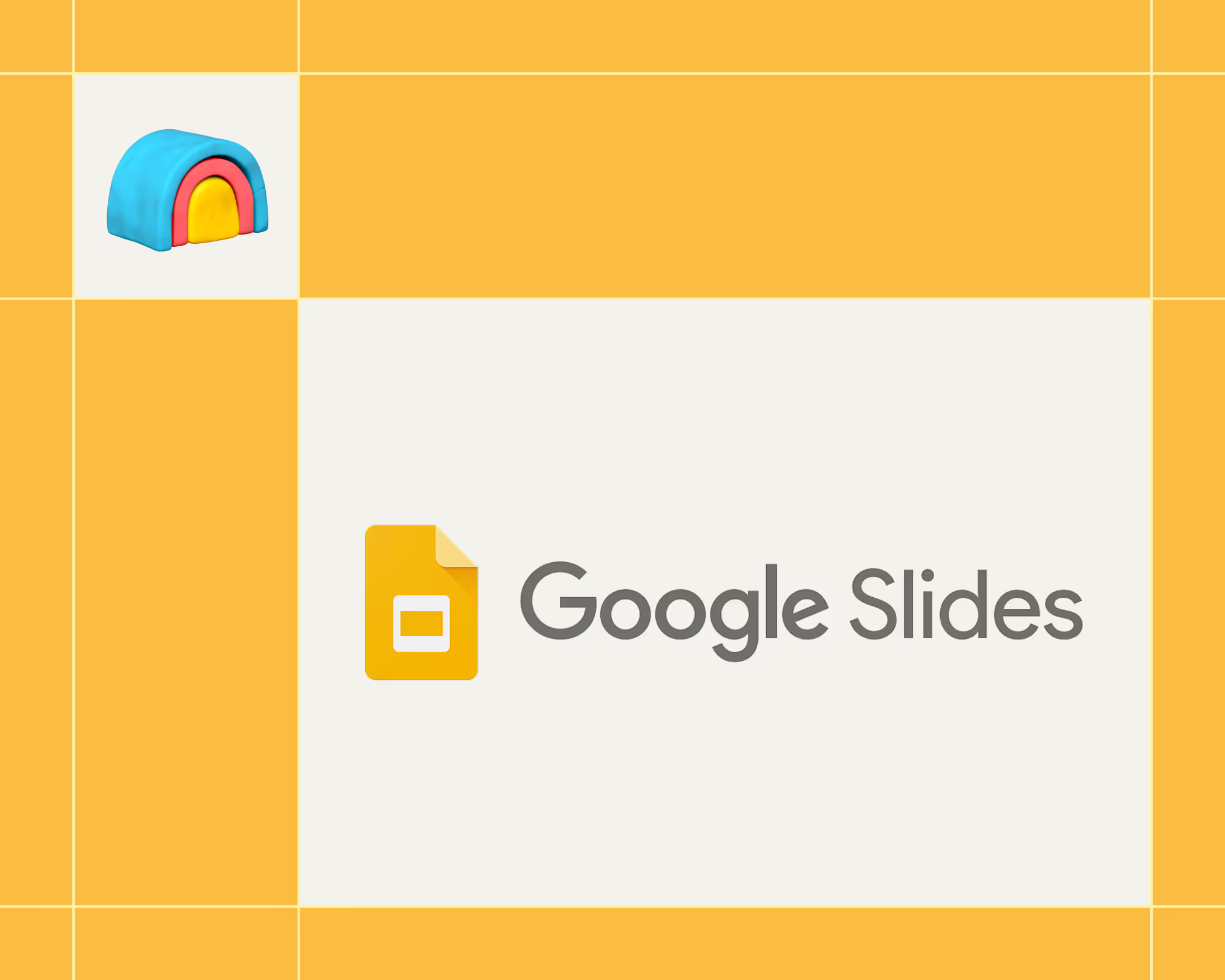
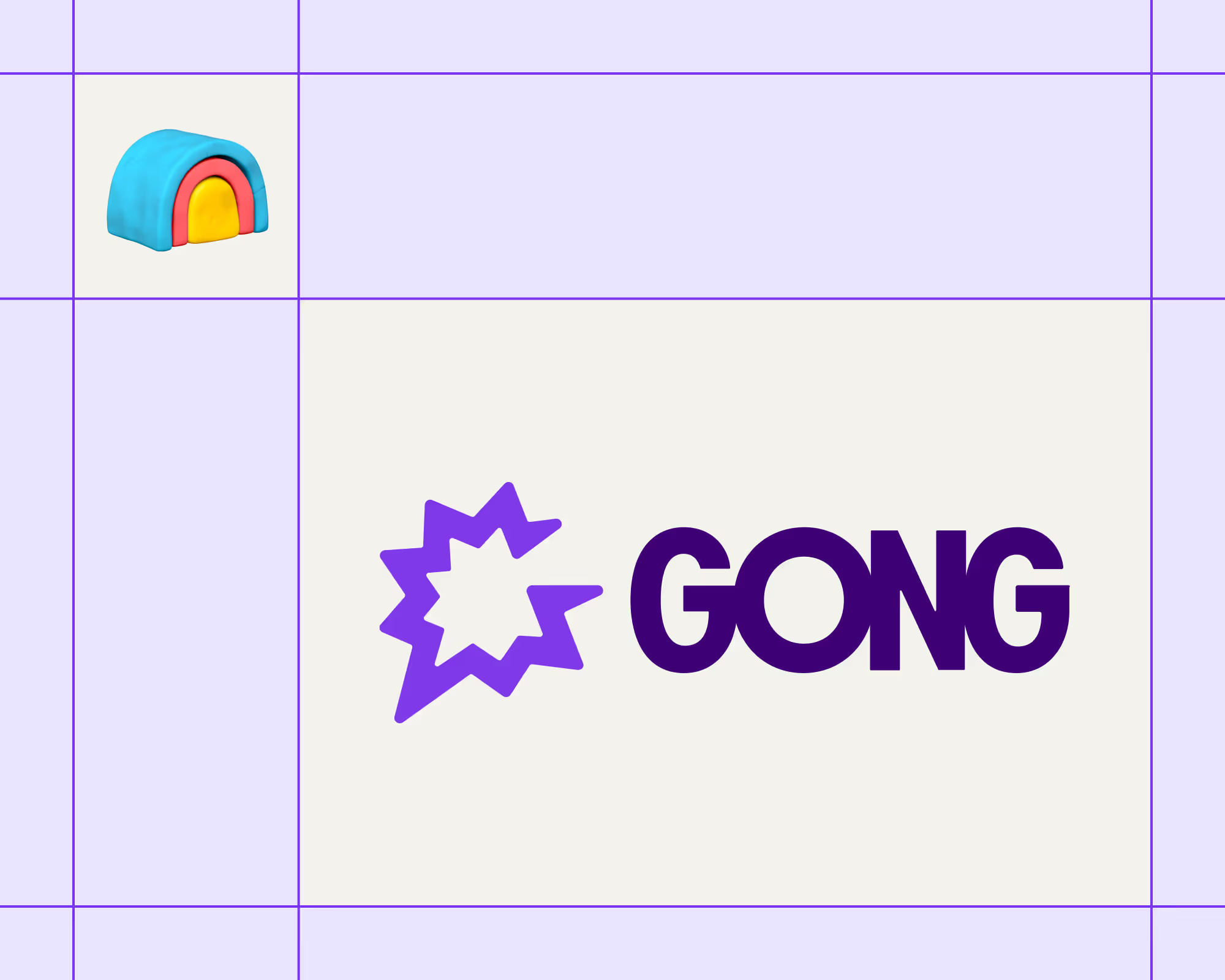
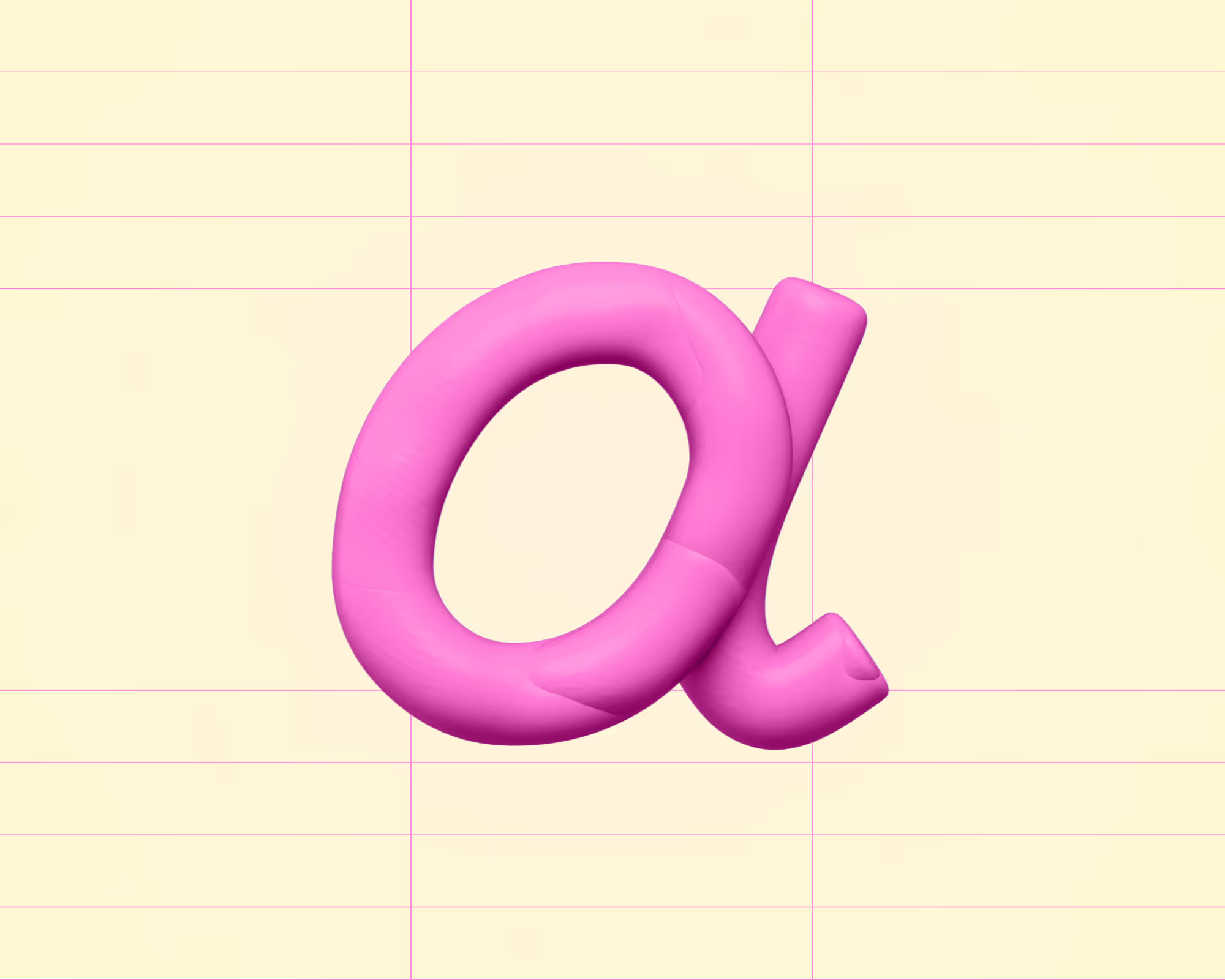
.avif)











.avif)
.avif)






















































